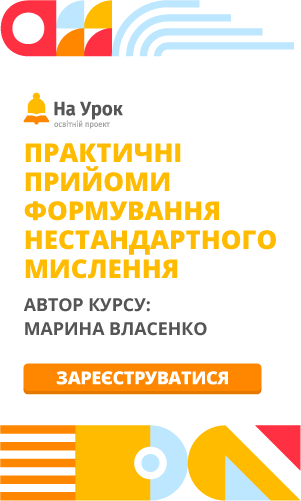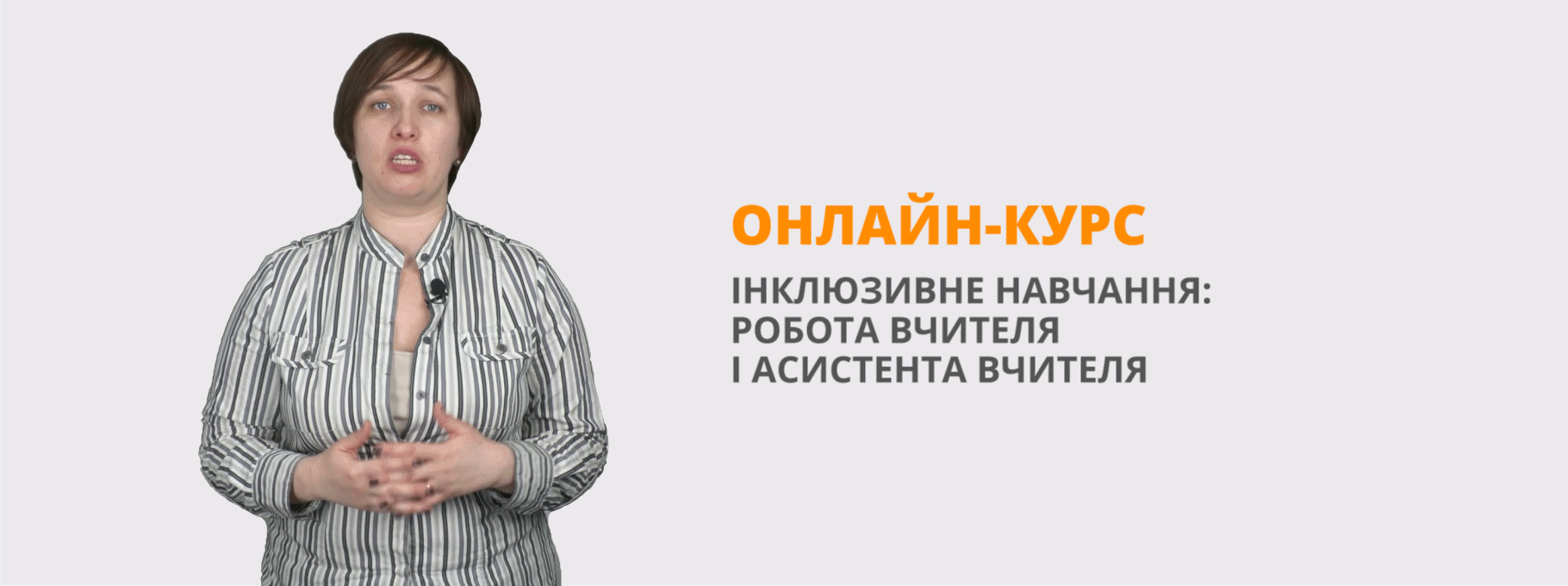Конспект уроку з англійської мови для 6-го класу за підручником А.Несвіт "Travelling and transport"
Урок розвитку умінь та навичок з теми "Подорожування". Виконуючи цікаві завдання учні практикують вивчену лексику та знайомляться з новою, розвивають творчі здібності та вміння будувати запитання. Також метою уроку є допомогти учням зрозуміти, що види транспорту повинні бути безпечними та не приносити шкоди навколишньому середовищу.
Form 6
Topic: Travelling. Types of transport.
Aims: to review vocabulary on the topic, to practice speaking and reading skills, to practice question forms, to form skills of working in groups.
І. Introduction
Teacher: Hello, dear friends! At our today’s lesson we’ll speak about different ways of travelling, about your favorite kinds of travelling, about trips during the holidays, recollect types of transport existing in the world; also we’ll role-play some situations.
Transport Pictionary
Class is divided into teams. The board is divided into two and one “artist” from each team comes up to the board to draw. The teacher shows the word written on a piece of paper to the “artists”. They have to draw it and their teams to guess their “artist’s” word first. The artists aren’t allowed to speak or mime while they draw. When students guess the words they tell the topic of the lesson.
ІІ. Brainstorming.
Teacher: What are your associations with travelling?
(luggage, station, ticket, information desk, passport …)
III. Main Part.
1. Vocabulary revision.
Teacher:. Let us recollect what types of transport people can use for their trips, journeys, voyages. Look at the screen and say the words you know for the forms of transport. What is it?
(Pupils name the types of transport and try to tell their meaning)
e.g. a car – a vehicle with four wheels and an engine to carry a small number of passengers
2. Grammar. Question forms.
Teacher: Now we’ll revise how to make up questions and do the following task. You have to ask your classmates different questions about travelling and fill in the table. (There can be more questions)
|
Find somebody who… |
Name |
Extra information |
|
Got to school by bus today |
|
|
|
Walked to school |
|
|
|
Rides a bike every day |
|
|
|
Likes travelling by train |
|
|
|
Has ever travelled by plane |
|
|
3. Listening
One of the most important inventions was the wheel. The people of Mesopotamia first used wheels between 3500 and 3000 B.C.
Another important invention was the boat. The first boats were just rafts. People
made them by laying tree trunks or brunches side by side and tying them together. Later on they covered the bottoms of the rafts with animal skins to try to keep the water out.
Around five thousand years ago, the Egyptians made the first sailboats. The sails catch the wind and use wind power to make the boat go.
The horses traveled a lot farther after the invention of horseshoes. Horseshoes are metal shoes nailed to the bottom of a horse’s foot. People built roads to ride their horses and roll their carts on. In Rome, writers complained about traffic jams thousands of years ago. There were too many carts and horses!
Answer the questions
- Who used wheels between 3500 and 3000 B.C. ?
- How did people make rafts? What did they do later to try to keep the water out?
- The Mesopotamians made the first sailboats, didn’t they?
- What invention made it possible to travel by horse farther?
- Who built roads and why?
- What did Roman writers complain about thousands of years ago?
4. Reading ex.2,3 ,p.110
5. Role plays
Students in pairs prepare the role plays. The teacher gives them cards with a situation on them.
( At the airport, Buying a ticket, Packing luggage…)
6.Relaxation
Let’s sing a transportation song
https://www.youtube.com/watch?v=2c68qD_NExQ
7. Speaking
Well, children. Now let’s share opinions about different ways of travelling, advantages and disadvantages of them.
(Children speak about advantages and disadvantages of different types of transport)
8.Group work Transport of the Future
Teacher: You have to imagine the world in the year 2040. How will life be different? How will people travel? Your task is to draw a form of transport for the future. It must be environmentally friendly. Then you’ll have to present it.
IV. Summarizing.
Our lesson has come to the end. You worked well today. Well, your home task will be to write ex. 5, p.111.
Your marks are…


про публікацію авторської розробки
Додати розробку
